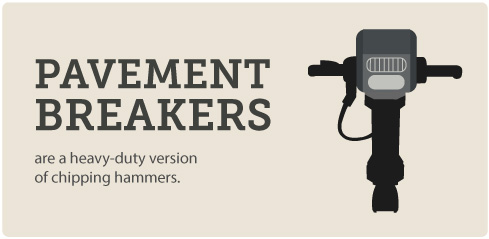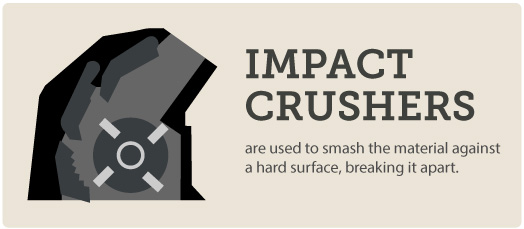Every job requires the right tool. As a leading Oregon demolition contractor, Elder Demolition employs a wide range of tools, from hydraulic hammers to crushers. These tools are used to break down concrete debris into gravel that can then be recycled into more concrete. Recycling concrete and diverting it from landfills can help offset the costs of the project and potentially earn LEED points.
How Oregon Demolition Contractors Support Recycling Efforts
Today, let’s take a look at some of the tools employed by Elder Demolition to recycle concrete.
The Role of Breakers & Hammers in Commercial Demolition
Breakers and hammers cover a broad range of tools that are used to break apart concrete and similar materials, such as brick and asphalt. They can also be used to selectively remove building materials to allow for precision demolition and asset recovery. These tools can either be handheld or big enough to fit on an excavator.
Here are some of the specialized hammers and breakers commonly used by commercial demolition contractors.
Chipping Hammer
A chipping hammer is light enough to be used by hand and is used to break apart “vertical and overhead surfaces.” This is a precision tool that allows the operator to make a controlled chip on the surface of the concrete. They generally weigh between five and thirty pounds and have a chipping action “ranging from 900 to 3,000 blows per minute.”
Pavement Breakers or Jackhammers
Pavement breakers are a heavy-duty version of chipping hammers. The key difference is that pavement breakers are “heavier, more powerful tools that are usually operated perpendicular to the ground.” They are more commonly known as jackhammers.

They are slightly slower than chipping hammers, with a range of “800 blows per minute to close to 2,000 blows per minute.” The heavier the breaker, the higher strength concrete it can break down.
Demolition Hammer
These staples of any demolition contractor’s tool kit can deliver a powerful punch. They have a higher striking power than other hammers, but this limits their versatility. Demolition hammers have a simple back and forth action that delivers fewer blows per minute than a rotary hammer, but “the increased strength of the tool actually makes it a quicker and more efficient means of demolishing concrete and masonry.”
Hydraulic Hammer
Hydraulic hammers are mounted on a vehicle like an excavator and can deliver powerful percussive strikes to concrete or other hard surfaces. It is powered by an auxiliary hydraulic system and is operated by the driver of the vehicle. They are employed when using a handheld breaker would be inefficient, when dealing with large amounts of strong concrete, or when methods like blasting are not safe.
Types of Concrete Crushers Used by Demolition Companies
A concrete crusher takes the broken concrete created by the hammers and breakers and crushes it into gravel. On-site concrete crushers can save time, money, and benefit the environment by eliminating the need to haul the concrete away. The newly crushed concrete can then be used in the project as an aggregate, for road compaction, pipe bedding, landscaping, and other applications.
Jaw Crushers
Jaw crushers are one of three types of crushers employed by demolition companies. They use two “jaws” and function like a nutcracker, applying immense pressure to break the chunks of concrete into smaller and smaller pieces. As the concrete is “chewed,” the smaller pieces pass out of the crusher and the larger pieces remain to be crushed.
Impact Crushers
Impact crushers are used to smash the material against a hard surface, breaking it apart. They often use a spinning rotor with a hammer to break the concrete down into smaller pieces. These crushers are used for concrete that has wire mesh or rebar in it.

Cone Crushers
Cone crushers have a conical shape with two spindles that squeeze pieces of concrete together. As the demolition materials filter down toward the tip of the cone, they are crushed between two internal layers – one that is fixed and another that is mobile.
Benefits of Concrete Recycling
Concrete is the most consumed material in the world after water. This means concrete aggregate created from recycled concrete is in high demand. There are a number of benefits to recycling concrete, including:
- Preserving virgin supplies of aggregate
- Using less energy than mining new aggregate
- Helping a project gain LEED recycled material credits
- Providing a great return on investment as demand for crushed concrete grows
